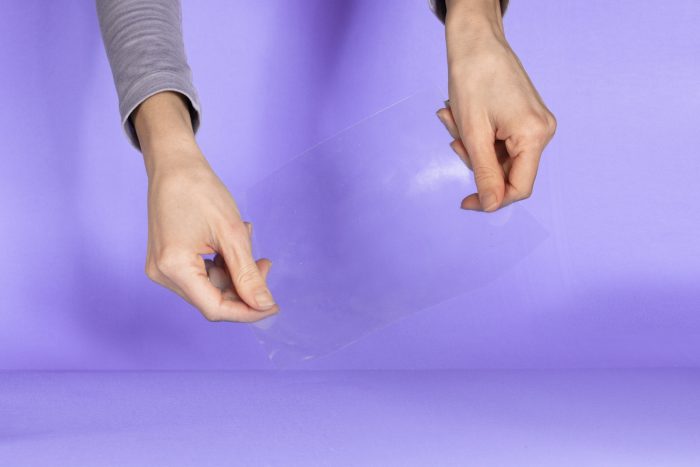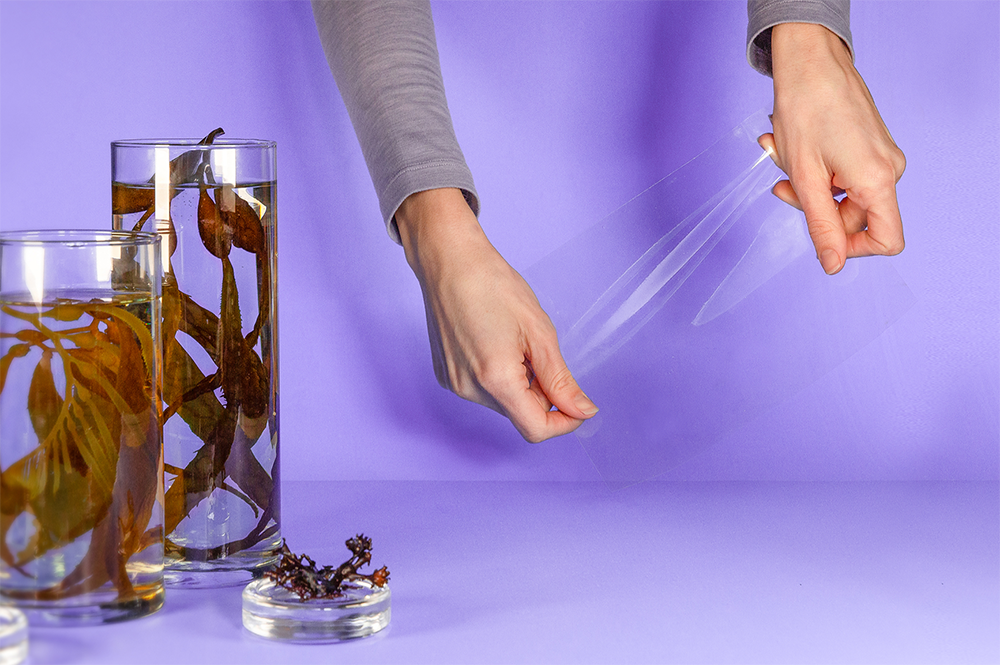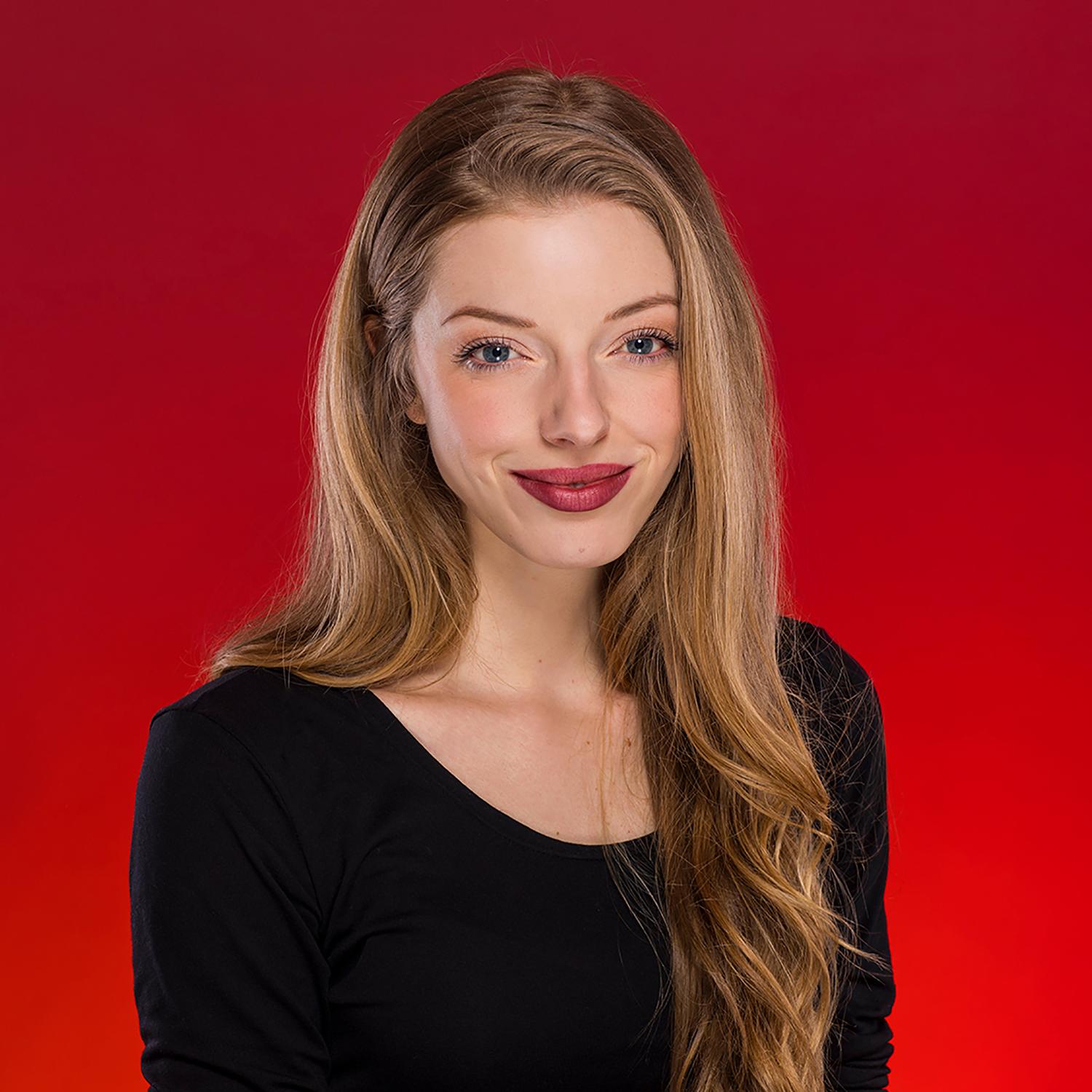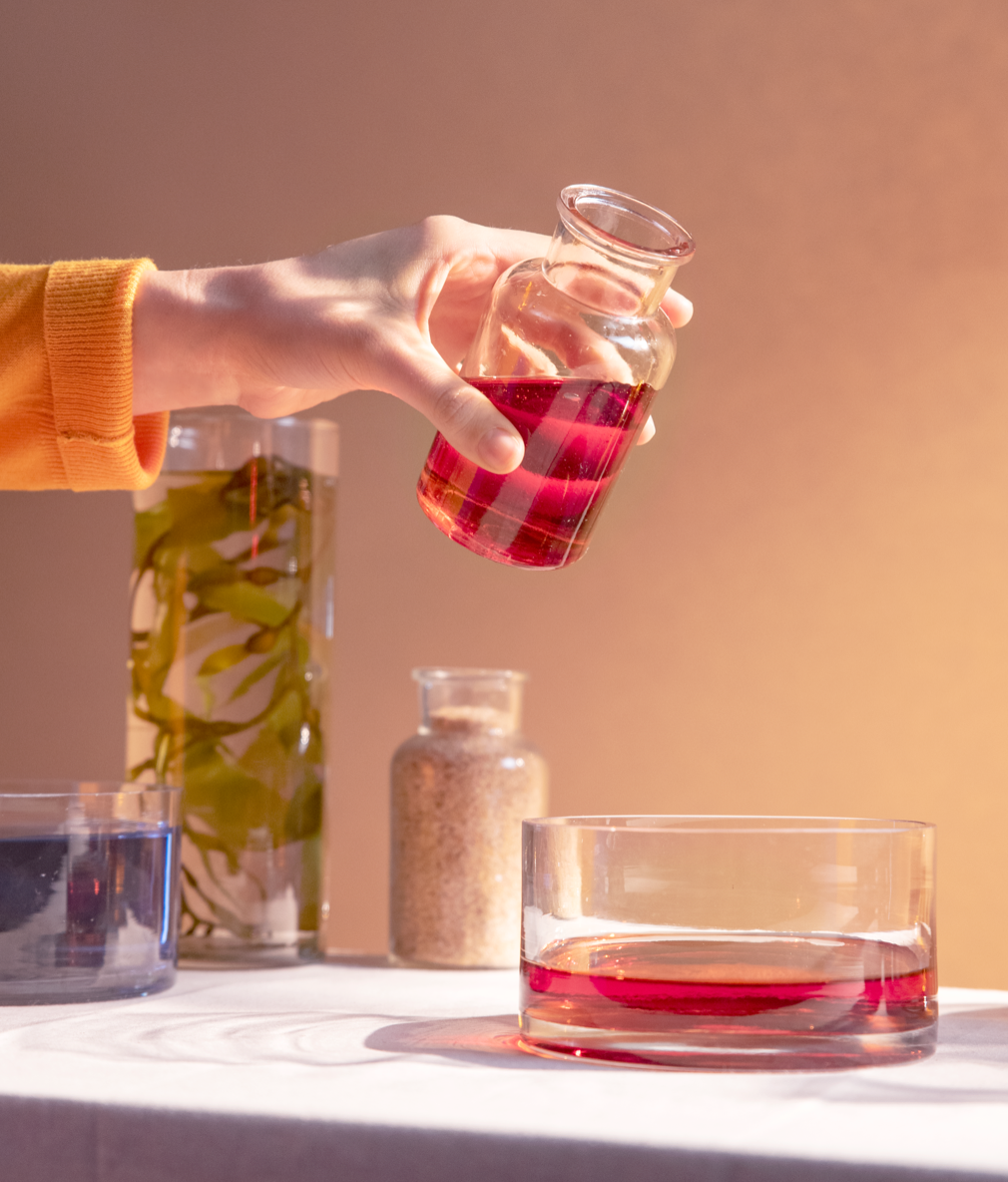
There are more than 10,000 species of seaweed growing in our oceans around the world. We’ve spoken to companies like Akua, using nutrient-filled kelp from Maine to produce plant-based snacks and burger patties; and companies like The Montauk Seaweed Supply Co, who recently launched their regenerative kelp meal and local seaweed fertilizers to help strengthen soil. Today, we’re looking at another type of macroalgae innovator, Sway, a regenerative design company that has developed a seaweed-based LDPE (low-density polyethylene) replacement that performs as well as traditional thin-film, single-use plastics—and it’s home compostable. They are currently slated to launch retail bag and polybag pilots with apparel, outdoor retail, and cosmetic brands in the beginning of 2022. —Charlotte DeFazio
You’ve travelled around the world visiting seaweed farms. What were some key takeaways and how did practices differ?
We’ve visited seaweed farms in Southeast Asia and across the Americas. To zoom out a bit first, there are over 10,000 species of seaweed (macroalgae), which grow in every corner of the ocean and along every coastline in the world. Only a select few are farmed—primarily the species that are used for food.
Seaweed farming practices vary greatly depending on region and species. When we visited farms in Indonesia, we learned that seaweed (typically Eucheuma) is cultivated in warm, waist-deep waters using very little equipment. Seaweed can grow 20-30 times faster than traditional land-based crops like corn, meaning that farmers can harvest every 3 to 4 weeks! That model differs significantly from how seaweed is cultivated along both coasts of the United States. Kelp is seeded on longlines suspended by buoys in deep, frigid waters. This type of farming practice allows for the simultaneous cultivation of shellfish—a win for coastal communities affected by overfishing. Plus, kelp farms can sequester up to 20 times more carbon than trees!
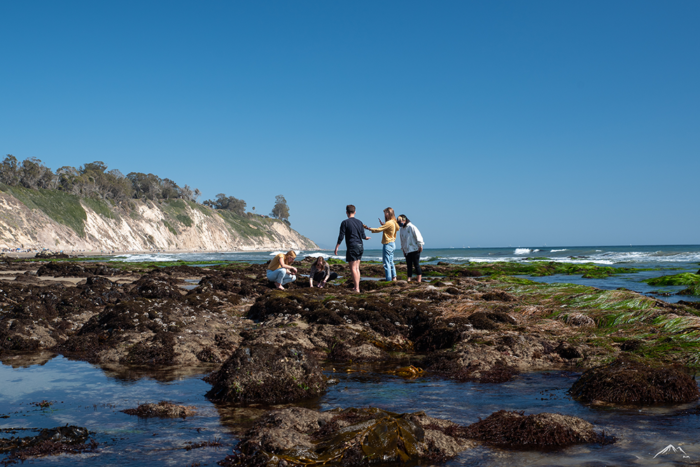
Where is your seaweed sourced from? And are environmental protections in place there to ensure best practices are being used and are not causing harm to any surrounding species (mollusks, fish spawn, crustaceans, etc.)?
Our supply chain is global, but we primarily work with farms based in the Americas. We’re sourcing seaweed as close to home as possible with the goal of reducing our overall footprint and maximizing our impact. As an organization, we possess a wide breadth of knowledge in regenerative farming, and aim to work with farmers and seaweed industry leaders alike to sustainably scale seaweed production and empower communities where we work. Much like the Forest Stewardship Council (FSC) certification, we are working with farmers to achieve the Aquaculture Stewardship Council (ASC-MSC Seaweed Standard) to promote the environmentally and socially responsible use of seaweed resources. Research primarily shows that seaweed farming benefits surrounding ecosystems. Seaweed forests help reverse the effects of ocean acidification, encourage biodiversity, and serve as an ecosystem architect.
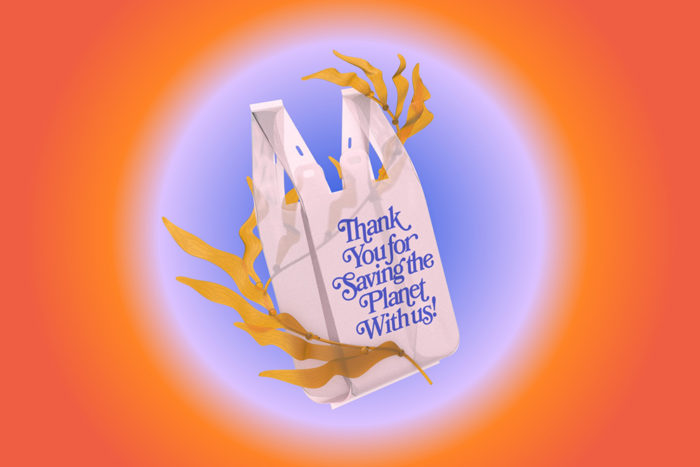
How does Sway compare to other plastic alternatives on the market?
Many bioplastics are dependent on limited resources and utilize petroleum-based binding agents such as PBAT. For example, corn-based packaging (PLA) requires industrial composting facilities to degrade at temperatures of 140ºF. Otherwise, they can take anywhere from 100-1000 years to degrade naturally. With corn-based bioplastics, we’re still left with a prevalence of waste that pollutes systems on land and at sea.
Sway aims to disrupt this current system by addressing increasing demands for transparency and avoiding the trappings of “greenwashing.” Fundamental to our mission of replenishing the planet is that we build a material life cycle that is tracked and trusted. We have designed our packaging to be 100% biobased, home compostable, and nontoxic, in addition to delivering the necessary performance characteristics expected of thin film single-use plastics such as polybags. Our material is designed to degrade in a home compost environment within months, rather than years, and our goal is to generate meaningful social and environmental impact at every step of the supply chain.
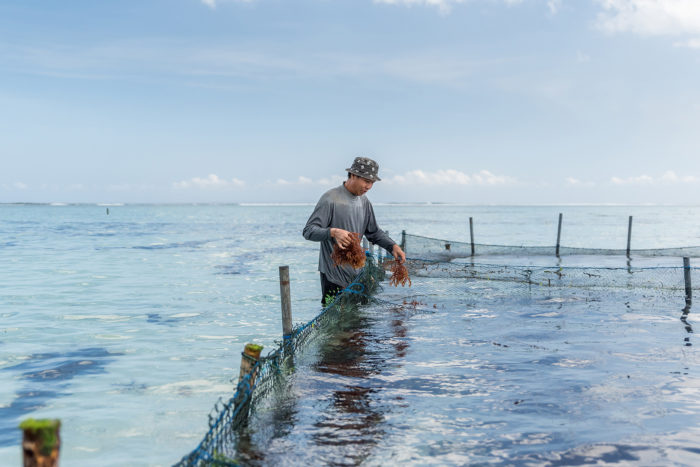
Many plastics are used to hold liquids. Has your lab team found a way to keep Sway up to par?
We’re not currently focused on packaging liquids, but will launch moisture-resistant pouches and wrappers in the near future.
From food containers and plastic bags to water bottles and packaging, the world of plastic is extensive. Is there one specific type of plastic you’re targeting?
Our product offering specifically targets the most difficult plastics to replace: thin-film single-use plastics. We have developed a seaweed-based, performance-driven, LDPE replacement that matches the functionality of traditional plastics, while remaining home compostable.
Maine recently became the first U.S. state to require the companies behind consumer packaging to pay for the costs of recycling it. Do you see this type of legislation happening nationwide?
Ideally, yes! Extended Producer Responsibility (EPR) policies have been powerful in Europe, where manufacturers and brands are expected to finance the collection and disposal (recycling or compost) of their products and packaging! We would advocate that brands be incentivized to incorporate environmental considerations into the design of their products and packaging, especially when you consider that just 100 companies are the source of 90% of all plastic waste.
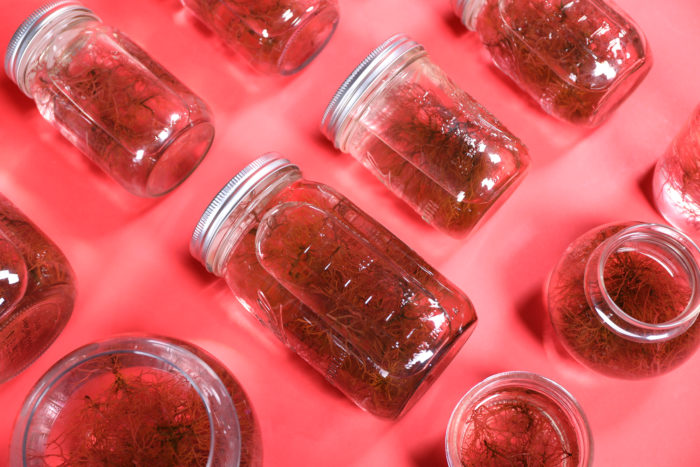
What are the best things consumers can do to help move the needle on plastics? What about communities with little to no alternative options or resources?
Plastics have only been widely available since the 1950s. It is entirely possible for us to live without them. On an individual level, the standard advice against plastics holds—refusing to use straws, utensils, lids, grocery bags and so on. Opting for reusable bottles and bags instead. Buying in bulk. Choosing the “package free” option when available at checkout. Purchasing clothing made without petroleum-based fibers, like polyester. Advocating for plastic-free solutions in the workplace. In communities with little to no alternatives, collection and reuse is key.
However, living a plastic-free lifestyle is a privilege. Our dependency on plastic is much more the choice of manufacturers and brands than it is our own. We believe environmental solutions must be designed for everyone across economic, geographic, and social demographics.
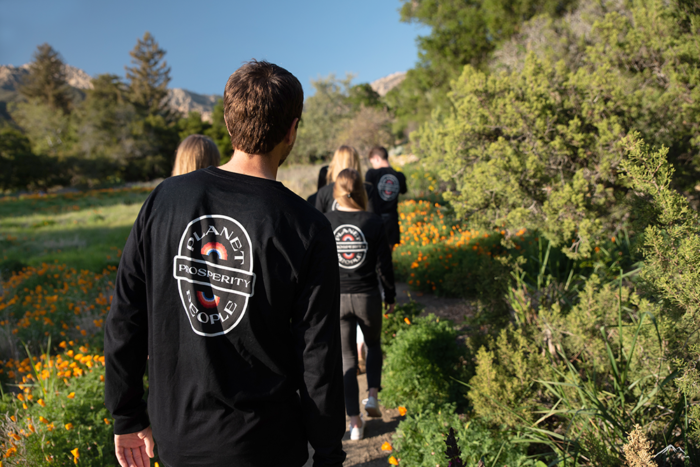
Let’s say it’s a perfect world, plastic is gone and we’re now using seaweed. Is that realistic and attainable given the demand surrounding plastics or would it become another exploited resource with its own consequences?
The petroleum supply chain can be considered “infrastructure for human life” because the extraction, refinement, and transformation of it creates only a net positive for human society but is deadly to the rest of earth. A seaweed supply chain creates “infrastructure for all of life” because it creates a net positive for all of earth, humans included.
Our goal is not to replace all plastic—there are all sorts of beautiful solutions which should be implemented! However, it is our goal to replace millions of pounds of packaging in the near future. We will rely on millions of tons of seaweed being produced annually. The upper limits of seaweed farming expansion suggest scale to 58 million km2, a number which is roughly 30,000 times the current capacity. To do this without exploiting the ocean, we’ll need to align with organizations such as the Aquaculture Stewardship Council, the Safe Seaweed Coalition, and the Sustainable Ocean Alliance to ensure that the seaweed agro-economy can scale in a way that actively increases biodiversity, empowers farmers, and sequesters carbon without compromising on fair labor practices and ecological impact.
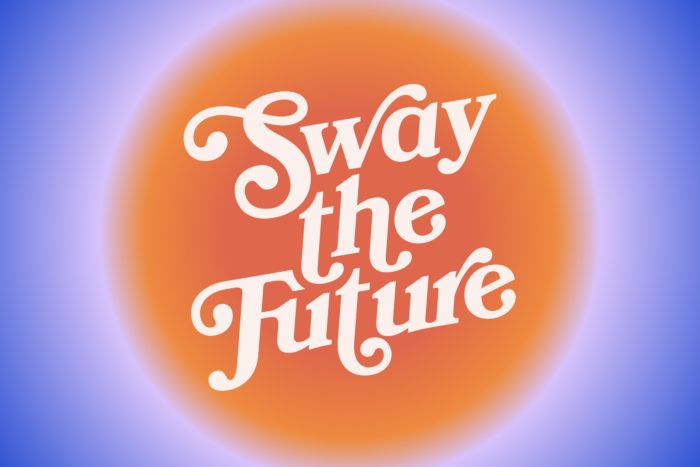
Perhaps there is no one material solution to reducing plastic and we need a combination of methods. What are some of the companies or materials science studies (aside from seaweed) that you are most excited about?
There is no silver bullet. Nature is diverse, and so too are the solutions to the planet’s biggest challenges. I love the work that’s being done with mushrooms. At Ecovative they’re replacing styrofoam with mycelium, and at Mycoworks they’re creating new luxury leathers from mushrooms. This is a truly regenerative source that will radically change the way we interact with materials on a daily basis. Agricultural waste and waste feedstocks in general are also incredibly inspiring to me. For example, Outlander Materials is creating replacements for food packaging from beer brewery waste. Kaffeeform makes reusable cups from discarded coffee grounds. And BLOOM produces foam from algae that would otherwise pollute freshwater ecosystems!
What is the current status of Sway? When will it be fully launched and available?
We’re preparing for the launch of retail bag and polybag pilots with apparel, outdoor retail, and cosmetic brands in the beginning of 2022. We’re building out relationships with brands large and small who share our vision for a regenerative future!
